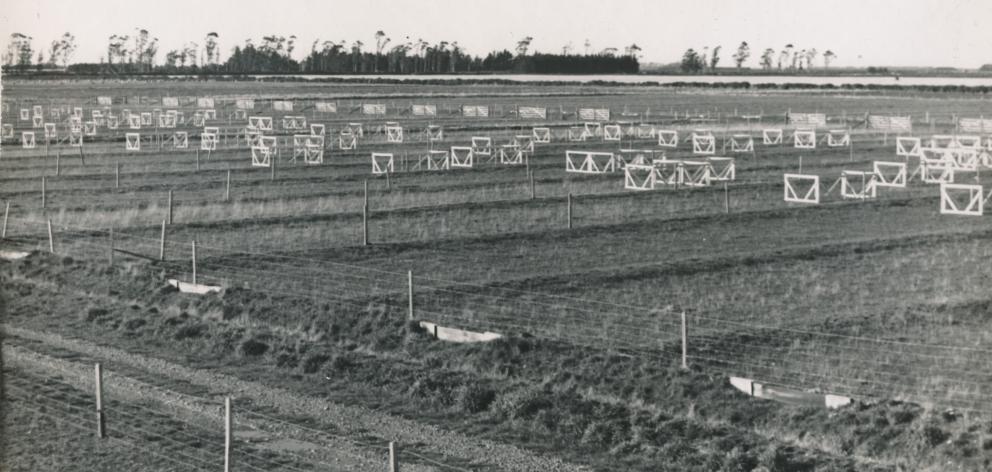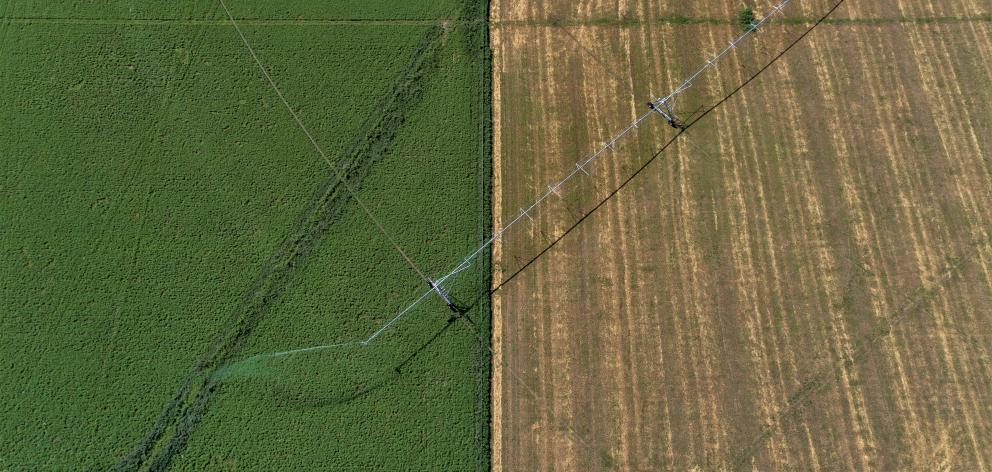
Winchmore, northwest of Ashburton, was bought in 1946 and its focus was to provide local research into the use of border dyke irrigation.
Long-term fertiliser trials began in the 1950s and since then research from the site had contributed to more than 500 science publications.
AgResearch infrastructure director John O’Dea said projects and priorities had changed in recent years. More research was conducted on commercial farms or was small-scale and intensive.
‘‘This means the Winchmore site has primarily focused on the long-term fertiliser trials.

‘‘The Fertiliser Association of New Zealand has signed a 35-year lease with AgResearch to ensure the long-term fertiliser research trials at Winchmore continue,’’ Mr O’Dea said.
The association’s chief executive, Vera Power, said the site had provided ‘‘extremely useful’’ information for almost 70 years.
‘‘This has allowed us to track changes to pastoral land as agriculture evolves and supports our evidence base for sustainable management.’’
Mr O’Dea said Winchmore’s fertiliser trials were New Zealand’s longest-running fertiliser trials under pasture. They complement the other long-term fertiliser trial carried out on North Island hill country, near the Manawatu Gorge.
‘‘The combination of Lismore soils and spray irrigation at Winchmore will enable a wide range of future cropping and grazing options.
‘‘Modern de-stoning technology now means the stony Lismore soils are regarded as some of the most sought-after and productive soils for intensive vegetable and arable production,’’ Mr O’Dea said.
Crops at Winchmore this season included potatoes, wheat, barley, maize, peas and specialist seed crops.
A small area was kept in lucerne and permanent pasture.
Historically, the farm had limited winter-forage cropping, and was primarily used as a grazing property.
Originally 308ha, it was being subdivided into two parcels, on either side of Dromore Methven Rd.
The larger parcel, of about 247ha, would be sold on the open market.
Winchmore’s buildings ranged from offices, meeting rooms, workshop and implement sheds, to a woolshed and covered yards and a new set of cattle yards with a concrete base.
In 2017, Winchmore’s irrigation was upgraded from border dyke (flood) irrigation to overhead sprinkler irrigation, in line with the transition across Canterbury to more water-efficient irrigation systems.
‘‘The sale of Winchmore will enable AgResearch to invest in its wider research facilities, and thus continue driving prosperity by transforming agriculture,’’ Mr O’Dea said.













